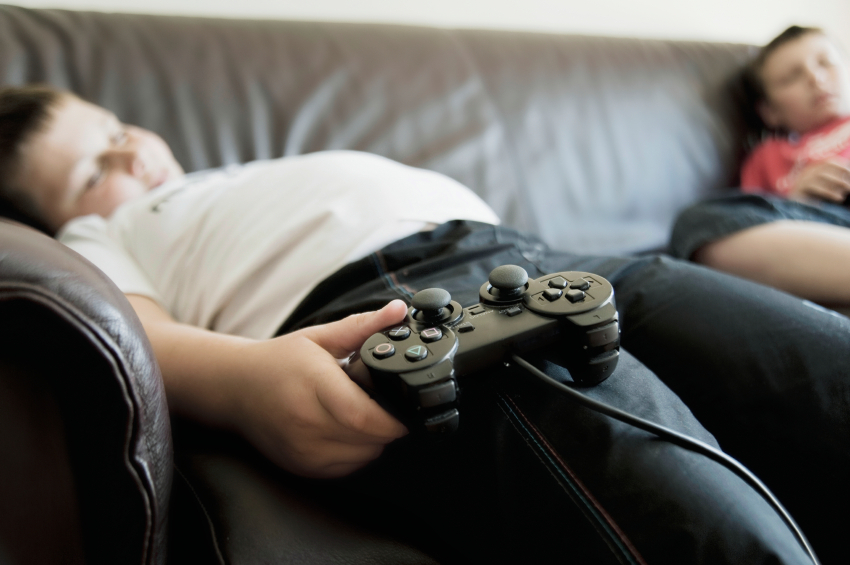
Adverts for unhealthy food targeted at children could be banned across all media as part of efforts to tackle the obesity epidemic.
The Committee of Advertising Practice (CAP) has launched a public consultation on proposals to limit the placement of ads for products high in fat, salt or sugar (HFSS) in non-broadcast media, including traditional and online outlets.
It will also consider a ban on such ads targeting children as old as 16 to bring them into line with television regulations.
A ban on using celebrities or popular characters could also be partially lifted for the advertising of healthier foods.
Currently, HFSS food and drink can be advertised to children in non-broadcast media, unlike television where strict regulation prohibits it through content and scheduling restrictions.
On television, ads for HFSS food and drink cannot appear around programmes made for or likely to appeal to children up to the age of 16, and they are banned from screening on dedicated children’s channels.
CAP, which sets the rules for UK advertising, said the move was in response to widespread concern about childhood obesity as well as the need to ensure rules reflected changing media habits among young people.
Evidence showed advertising had a “modest” effect on children’s food preferences, with factors such as parental influence, opportunities for physical exercise and education playing a greater role in solutions to childhood obesity, CAP said.
However, it believed even a relatively small positive impact from new advertising restrictions could make a “meaningful contribution to tackling this important health issue”.
The growth in popularity of the internet had changed the way children interacted with the commercial world, with Ofcom research showing that 96% of 12 to 15-year-olds spent more time online than watching TV last year.
A third of children are overweight or obese, and are in turn more likely to become obese adults and have a higher risk of morbidity, disability and premature mortality.
CAP chairman James Best said: “Too many children in the UK are growing up overweight or even obese, potentially damaging their health in later life and imposing a high cost on society.
“Advertising is just one small factor in a very complex equation but we believe we can play a positive part in addressing an urgent societal challenge.
“In proposing new rules, our aim is to strike the right balance between protecting children and enabling businesses to continue advertising their products responsibly.”
The consultation closes on July 22.
READ MORE
Tax on sugary drinks could prevent 3.7 million obesity cases in a decade, according to new report
Drunk and incapable: The shocking problem of parents too far gone to look after their children

Enjoy the convenience of having The Sunday Post delivered as a digital ePaper straight to your smartphone, tablet or computer.
Subscribe for only £5.49 a month and enjoy all the benefits of the printed paper as a digital replica.
Subscribe